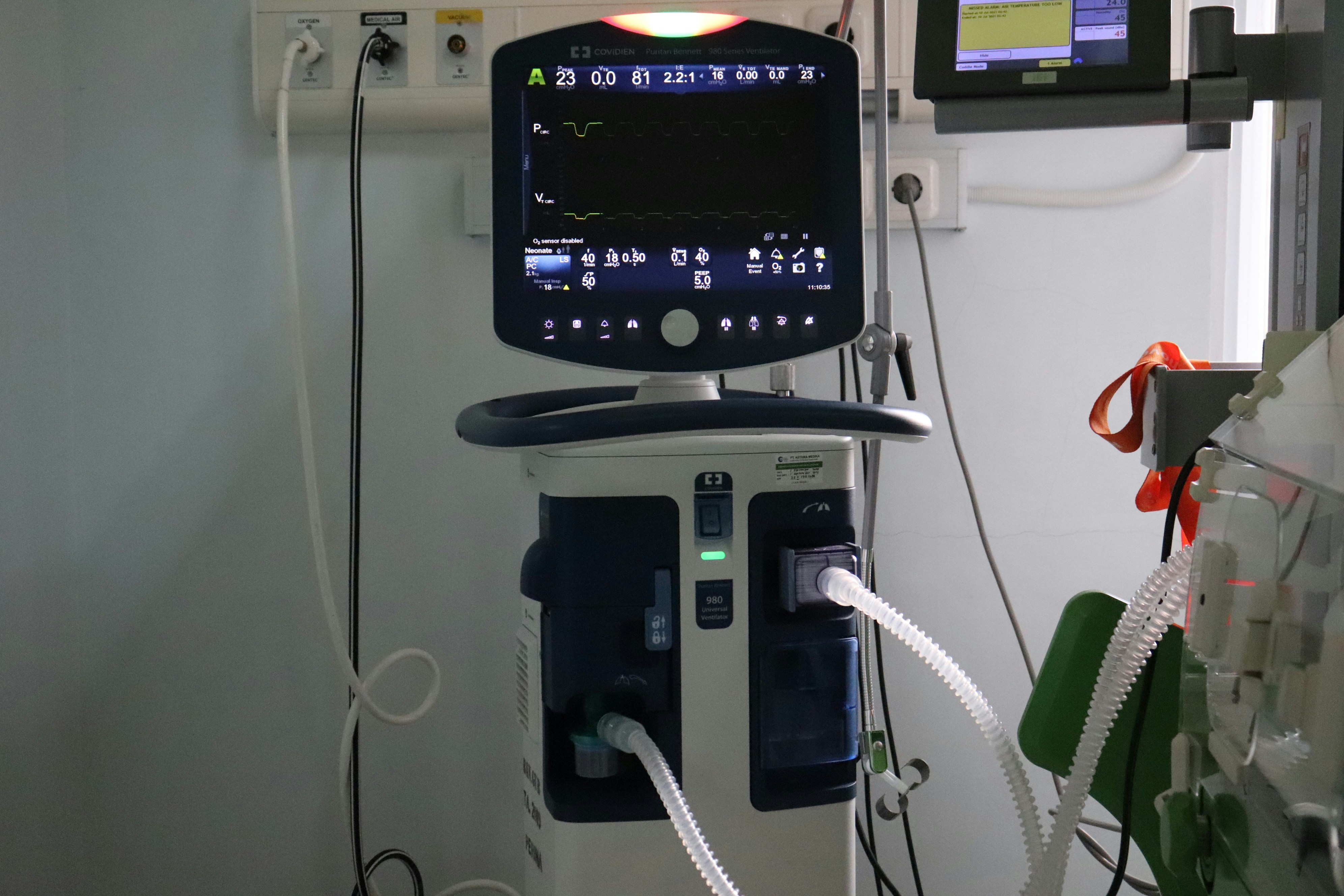
Top 10 Mistakes Candidates Make When Applying for Medical Technology Jobs—And How to Avoid Them
Want to break into—or level up in—UK medical-technology? Avoid the ten biggest pitfalls applicants make, with practical fixes, expert tips and live resources to help you land your next med-tech role.
Introduction
From digital-health start-ups in Shoreditch to orthopaedic-implant giants in Leeds, demand for medical-technology talent keeps climbing. Search LinkedIn for “med-tech UK” and you’ll see thousands of live vacancies spanning software validation, biomaterials R & D and regulatory affairs. Yet recruiters still decline most CVs long before interview—usually for mistakes that take minutes to fix.
Drawing on feedback from hiring managers, analysis of recent adverts on MedicalTechnologyJobs.co.uk and industry benchmarking, we’ve distilled the ten costliest errors we see, each paired with an actionable remedy and a trusted resource for deeper reading. Bookmark this list before you press Apply.
1 Ignoring Role-Specific Keywords & Regulations
Mistake —Submitting a generic CV that never mentions “ISO 13485”, “IEC 62304”, “EU MDR” or the exact platform (e.g. “MATLAB Simulink”, “FDA 510(k)”) called out in the advert.
Applicant-tracking systems (ATS) look for precise phrases; if yours are missing, a human may never read your application.
Fix it• Copy the vacancy text into a word-cloud tool; highlight every regulation, standard and software package.• Thread those terms naturally into your skills matrix and project bullets.• For structure and phrasing cues, study this medical-device engineer CV example.
2 Burying Business Value Beneath Jargon
Mistake —Bullets like “Implemented DSP firmware for SpO₂ algorithm” with no measurable outcome.
Fix it• Use a challenge–action–result bullet: “Cut heart-rate-detection error from 8 % to 2 % by rewriting SpO₂ DSP firmware in C ++.”• Lead with the metric; keep bullets under 20 words.• Compare against quantified samples in BeamJobs’ med-tech resume gallery.
3 Re-using a Generic Cover Letter
Mistake —Copy-pasting the same letter across diagnostics, surgical robotics and health-IT roles—sometimes leaving the wrong company name.
Fix it• Open with a hook that proves you follow the employer—its latest clinical-trial milestone, CE-mark approval or Series-B raise.• Tie one quantified achievement directly to the advert’s top requirement.• Follow the four-paragraph pattern in ResumeWorded’s biomedical-engineer cover-letter samples.
4 Providing No Portfolio or Proof of Work
Mistake —Claiming IEC 62304 software experience but offering no GitHub repo, white-paper link or test-report excerpt.
Fix it• Publish two or three flagship projects (with IP-safe dummy data) on GitHub or a personal site—each with a concise README and risk-management traceability matrix.• If code is proprietary, share validation protocols or anonymised human-factors reports.• Use the FDA’s open-source example submissions as a formatting guide.
5 Failing to Quantify Impact
Mistake —Bullets reading “improved usability” or “enhanced quality system” with zero numbers.
Fix it• Add data: defect-rate drop, test-coverage %, £/unit cost saving, submission-approval time cut.• If figures are confidential, use relative deltas (“reduced verification failures by one-third”).• Sense-check your claims against typical salaries and seniority on Glassdoor’s UK medical-device engineer salary page.
6 Neglecting Regulatory Fundamentals in Interview Prep
Mistake —Crushing coding tasks yet freezing when asked to explain Design History File (DHF) contents or risk-management per ISO 14971.
Fix it• Revisit essentials: device classification, 510(k) vs De Novo, clinical-evaluation templates, usability engineering.• Practise white-boarding hazard analyses and narrating residual-risk justifications.• Drill common questions with Indeed’s medical-device interview Q & A set.
7 Under-selling Cross-Functional & Soft Skills
Mistake —Positioning yourself purely as a SolidWorks wizard, ignoring collaboration, clinician engagement and patient-safety storytelling.
Fix it• Highlight times you ran design-history reviews, trained nurses on usability studies or briefed execs on post-market surveillance KPIs.• Hone stakeholder language via BCS’s health-informatics career resources.
8 Relying Only on Job Boards—Then Waiting
Mistake —Clicking Apply on five adverts and refreshing your inbox.
Fix it• Set up instant alerts on Medical Technology Jobs so you’re in the critical first-24-hour applicant cohort.• Pair alerts with LinkedIn outreach—comment insightfully on a hiring manager’s recent patent or MHRA webinar.• Grow your network at UK Eventbrite med-tech meet-ups.
9 Overlooking Quality, Sustainability & Inclusion
Mistake —Ignoring ESG or D&I wording in the advert, then stumbling when interviewed on green manufacturing or patient-access equity.
Fix it• Mention how you design recyclable packaging, offset sterilisation CO₂ or mentor under-represented biomedical students.• Get language cues from MedTech Europe’s sustainability framework.
10 Showing No Continuous-Learning Plan
Mistake —Treating the application as the full stop in your professional-development story.
Fix it• List courses in progress—PRINCE2 for Med-Tech Projects, Udemy IEC 62304 coding standards, MHRA vigilance workshops.• Reference recent events (Med-Tech Innovation Expo, BIOMEDevice) or open-source contributions (FHIR libraries).• Map your next 90 days with LinkedIn Learning
Conclusion—Turn Mistakes into Momentum
Med-tech recruitment cycles move quickly, but the core of a standout application never changes: precision, evidence, compliance context and follow-through. Before you hit Send, run this five-point check:
Have I mirrored every critical keyword and regulation from the advert?
Does each bullet feature a metric hiring managers value?
Do my GitHub repos, validation reports or demos prove my claims?
Have I shown collaboration, patient focus and inclusion?
Do I outline a clear plan for ongoing learning and regulatory mastery?
Answer “yes” to all five and you’ll glide from applicant to interview invite in the UK’s vibrant medical-technology jobs market. Good luck—see you in the lab or at the next regulatory-science forum!


